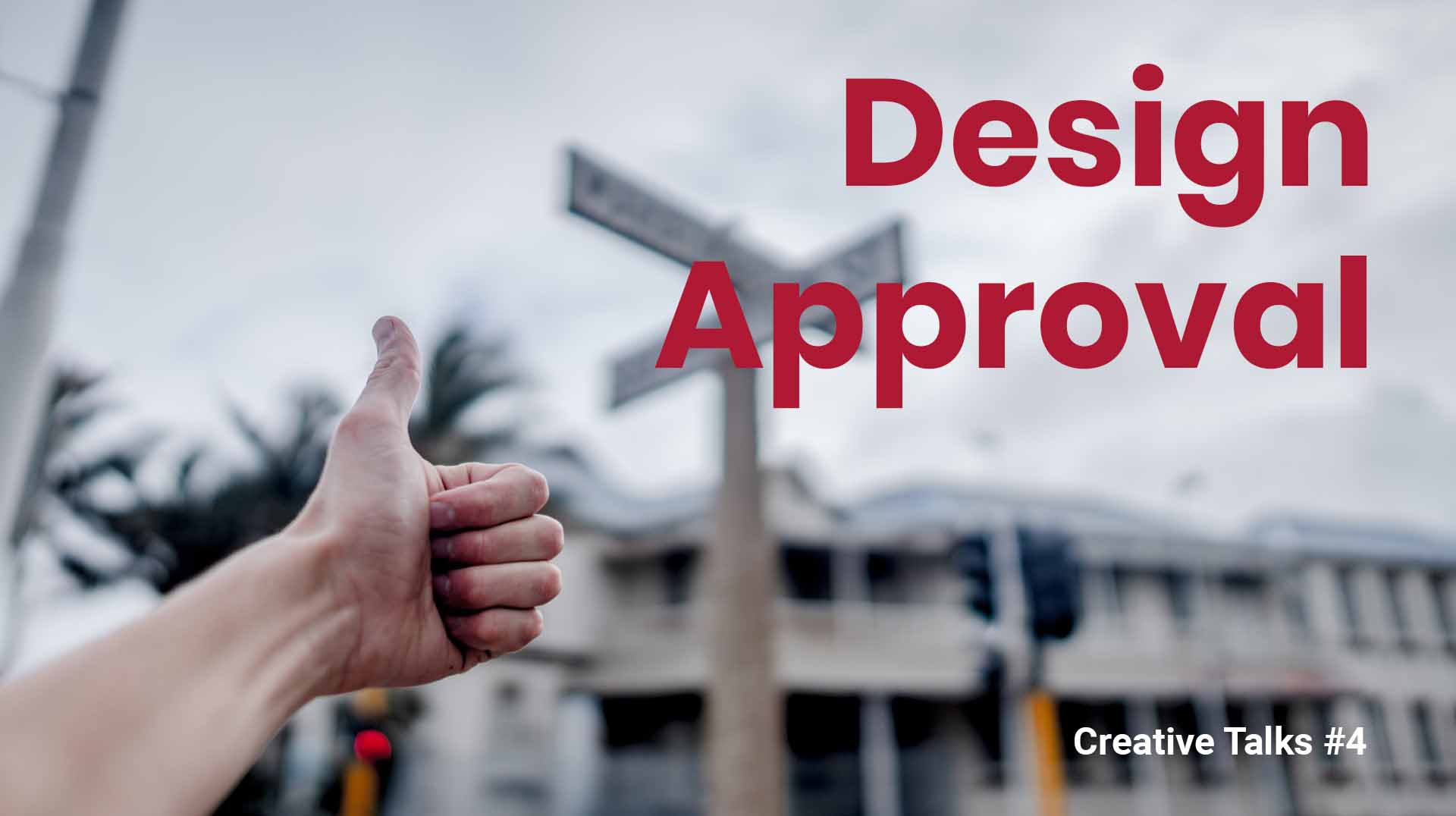Hello-hello!
When was the last time you had to explain to the clients that their remarks do not apply to the project or that the color they want to be used doesn’t suit them? I hope it was a long time ago!
However, the reality of the creative industry is that the design approval process is quite erratic. Regardless of how good you are at your craft, the presence of another person or people in the project (who also decides whether to approve your design or not) brings uncertainty, especially if you haven’t worked together before. You’ll never be entirely sure about another person’s preferences or their reaction to a certain piece.
In this Creative Talks article, we have asked the designers and illustrators about artwork approval, and this time, we have focused on such questions:
- What is your personal experience with artwork approval (both good and bad)?
- What are the main obstacles or hardships while approving your design, if any? How do you deal with them?
- Is there anything that makes you think “Who approved this design?”
- Do you have any tips and tricks for the beginners?
Is the design proofing actually that problematic for everybody? Let’s find out!
Table of contents:
Tom Redfern – Illustrator, Art Director
Tom Redfern’s Website and Behance
As far as design approval goes, I’ll give you my two cents’ worth if it helps. As an illustrator, I tend to get hired based on work that I have done before, so that is usually the starting point for me. I tend to have a fairly good idea of what the client is looking for, and I work within those parameters. Problems often arise when there are too many links in the chain, in my opinion. Sometimes an art director will need to get approval from higher up in the chain, and when this happens, it can lead to design considerations being lost along the way.

Some clients want to set you free on a project, and some want to keep a tight rein on things. Both have their positive and negative aspects. Too much freedom can often lead to loose ideas, and too much structure can be constricting in the design process. The best clients manage to find a balance and offer constructive ideas while allowing you to do what you do best, and then it’s a win-win!
Sometimes I do wonder why certain decisions are taken. I try to maintain a healthy attitude to the choices that are made. My job is to make the client happy at the end of the day, and I have been fortunate in my career so far not to have worked with any that are too obstructive.
Pavlo Futruk – Graphic Designer
Pavlo Futruk’s Website
I use different ways to present our studio design based on project size – preview or mockup in a messenger for the smallest projects; PDF file with different ideas, mood boards, mockups, and explanations, and a phone call for bigger projects; and a personal meeting for the biggest ones. Usually, a few sessions are enough for approval, but some clients want more and (rarely) clients who approve the first design.
I guess the biggest problem is a client who asks for additional changes and new features again and again. Some small changes I usually add, but if it requires much time, I explain that it requires additional payment. Another problem is the design approval at several levels (manager, head of a department, CEO). In this case, there isn’t one decision – sometimes it’s better to communicate with the CEO directly, but a client’s manager can become your attorney and present and defend your design from time to time.

For designers reading this: I would advise you to discuss the number of templates and edits before starting the work. Explain your decisions – the client is not a designer; he may not understand things that are obvious to you. Feel free to defend your decisions if you are sure they are right. But it needs experience and cases. I often use the example of pizzaiolo – if you just started a career, you can’t offer a customer a pizza with apples and goose. However, if you are an experienced chef who’s famous for good pizza and experiments with ingredients, customers will come to you for this pizza because they know that you’ll make it great. And pay attention to the presentation. Even the best design could not be approved if it is poorly presented.
Alina Prosina – Illustrator
Alina Prosina’s Instagram
I’ve been getting stylized portrait commissions for a couple of years now. Obviously, while working with clients, you meet all kinds of people. The most troublesome clients are those who ask me to change their features dramatically, so they don’t even look like themselves. Even in stylized portraits, there’s a set of rules artists stick to in order to capture the likeness (some features may be exaggerated or simplified but still have an original shape). It’s sometimes complicated to meet all the crazy demands of a client and keep the portrait accurate.

Another difficulty I face is coming up with the style a client would love. Some clients may want to combine hyper-realistic eyes with an immensely simplified nose, ignoring the fact that it looks creepy. The clients I really love to work with are those who provide me with references when they want something specific and are open to my suggestions. Unfortunately, not every client is perfect, so the ability to negotiate and find a compromise is vital for everyone who works in the creative industry.
Patricia Mafra – Illustrator
Patricia Mafra’s Website and Behance
As a creative, I’m always looking for inspiration in the smallest things. Finding visual references on a daily basis is both a blessing and a curse. Because of this, I tend to analyze almost unconsciously every visual input that’s out there, on the streets, buses, trains, supermarkets, products, restaurants, gyms, etc.
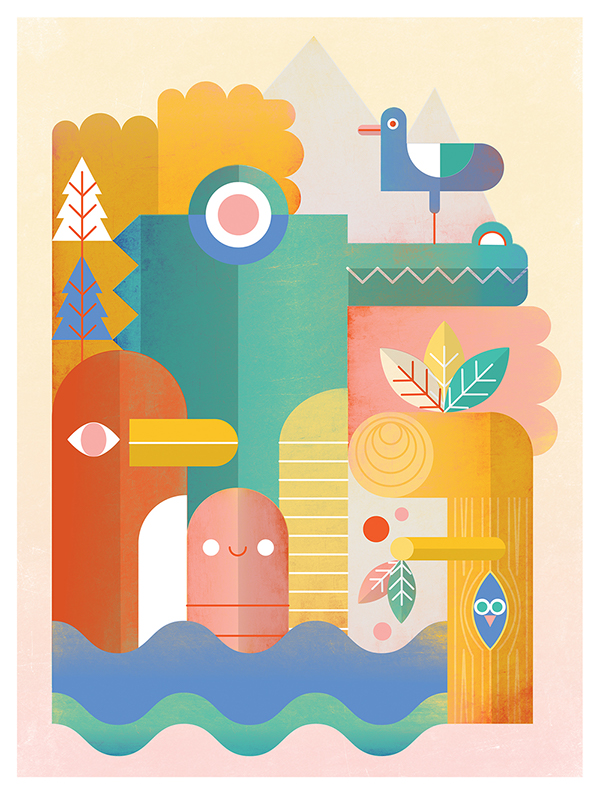
I ask, “Who approved this design?” when something is off, like visuals not matching the concept and completely missing the target audience. Or when a design doesn’t consider its surroundings, like community, diversity, and so on. This usually means that the team and/or the person in charge approved something without having a good knowledge of that subject. As creatives, we have to be more aware and know when we’re the right person to work with and/or approve a design. And when that’s not the case, make an effort to find the right people for each project.
Actually, we have a great article on design approval in the form of a map. Intrigued? Take some sunscreen cream and come on board while we are telling you a story about the Approval Island.
Giovanna Giuliano – Illustrator
Giovanna Giuliano’s Website and Behance
Over the years, I have slightly changed my “modus operandi”, and I can say that what I have been doing for years now is trying to talk as much as possible with the client or the art director who will have to approve the design. When you embark on a new project, it is a bit like being in a couple – the more you talk to your partner, the better things will go 🙂
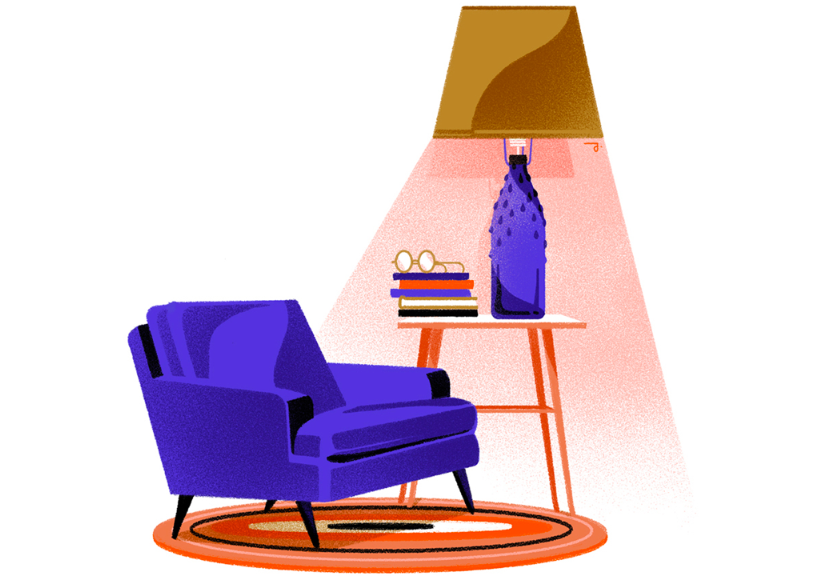
I leave nothing to chance. I try to have a confrontation with the client more than once and in several rounds. I summarize the concepts, ask for anything that could be useful to create the design, and outline the fundamental concepts. This way, when I present the design, there will be no surprises. Of course, there is the part of interpretation and details that the customer will only see once the draft is in hand, but there will be no big surprises that will upset expectations. Everything is discussed and approved first.
First of all, once I have spoken with the client, I send a written concept about what I thought of that project: the subjects, the composition, an idea of color palette, and an atmosphere that I would like to express. In this first phase, together with the customer, we discuss and modify the concept until we are both satisfied. The more we talk and discuss, the more chances there are of being on the same page and not having problems in the approval phase.
My advice is always to ask the customer what he has in mind. If you have any doubts – ask, then ask for confirmation, then recap. The fewer things left to chance, the fewer problems you will have in the approval phase.
Anita Baranovska – Graphic Designer
Anita Baranovska’s Behance
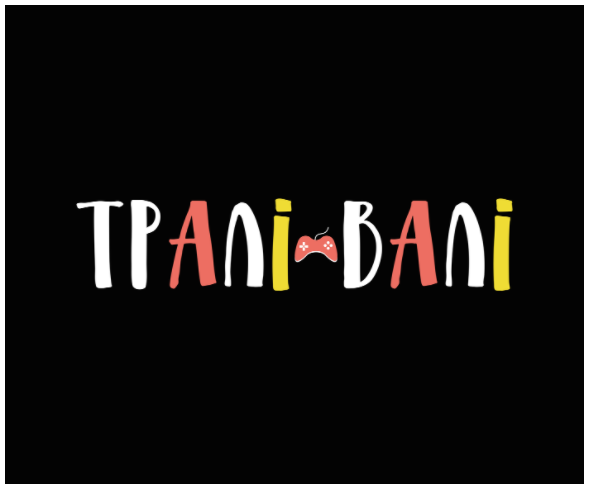
My best design approval experience was when my client said: “It’s perfect. I love it”. This was when I designed a logo for a travel company. On the other hand, the worst design experience happened when I was designing a business card, and the client said: “You needed to use a photo from the Instagram work page.” The client didn’t specify this information in brief. Hence, our cooperation ended on the same day.
Sometimes clients don’t know what they want. I talk to them, give ideas, and some time to think. This requires a lot of patience but is also very valuable. If you are starting – just do it! Practice a lot and hone your skills every day. This is the best way to do great design.
Pavlo Muliar – Graphic Designer
Pavlo Muliar’s Facebook
Design approval is strangely the hardest and the easiest stage of working with clients. Everything depends on the clients themselves. Shocking, I know. Imagine being a doctor and having a patient that doesn’t know what part of the body hurts. Design approval looks the same if you work with clients who don’t know what design they want or, worse, the clients who change their preferences from one approval cycle to another.
The only thing that the designer is left to do is to communicate more. Regardless of how hard it would be for the homey introverts to get out of their cozy blanket-filled hive, this is the only way to get closer to hearing the long-awaited phrase: “Everything is great! Where should I transfer my money?”. A well-organized discussion of analogs of the desired design at the beginning of the work will help you save a hella lot of time and nerves as well as a guide to even the most demanding I-know-nothing customers.
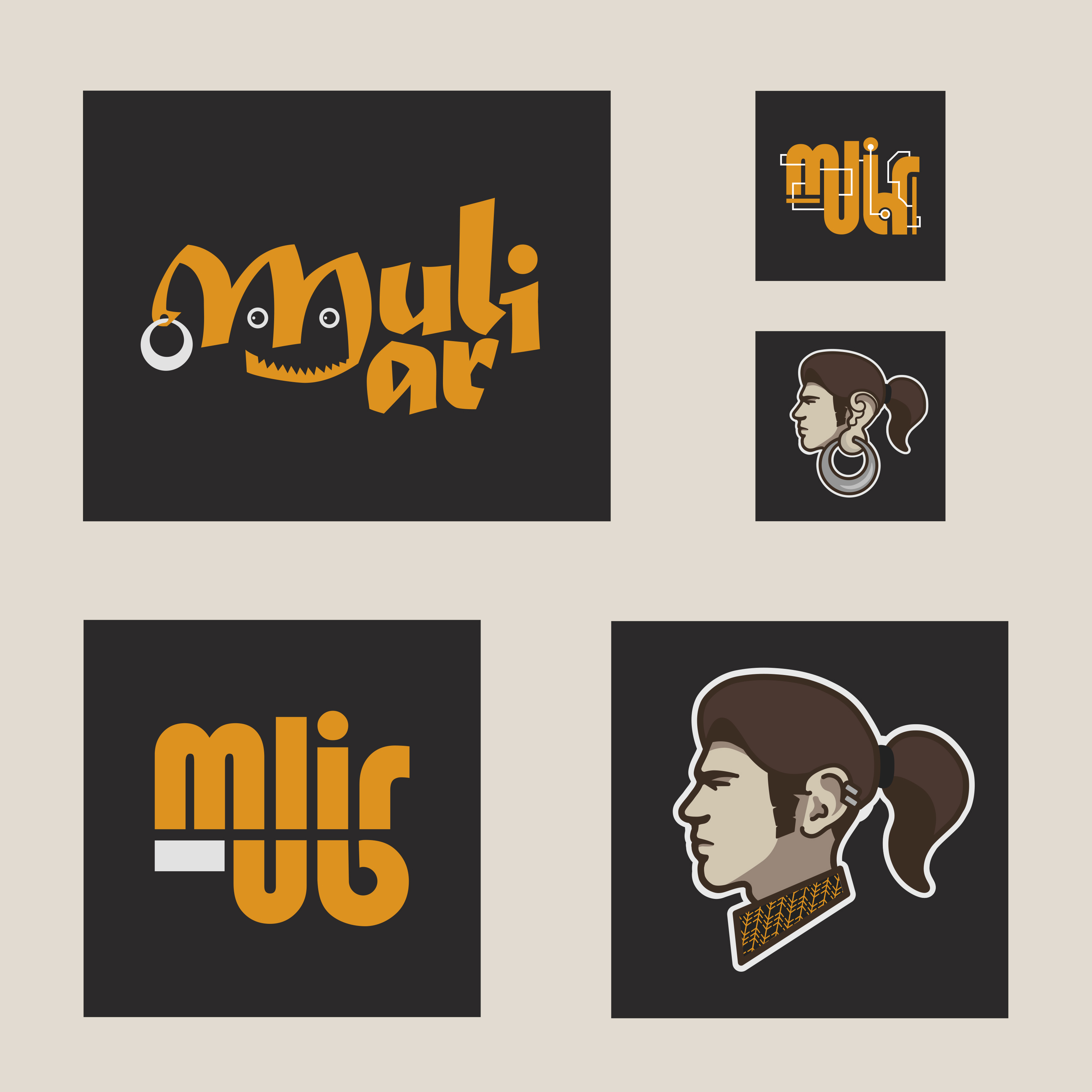
However, some situations look rather promising in the beginning: the client is friendly and decisive, has great creative thoughts, expresses their wants and needs in a concrete way. But the first round of approval puts everything in its place. For example, the client wants a banner with a name and a travel company logo: the concept revolves around a paper plane. “Please, do a very similar logo as some other company has but not exactly the same.”
A familiar story, right? You work your butt off, make a ton of versions and variations, send them off to a client, and receive a cold-blooded response: “Let’s take everything away and leave just the paper plane.” This is a moment when you realize that all your efforts are in vain, and the client only wanted the exact same paper plane from that company’s logo but in other colors. Well, this is how we, designers, live! 🙂
Morgane Vantorre – Graphic and Type Designer
Morgane Vantorre’s Website and Behance
As designers, we usually work for a third party. Our projects depend on the starting point: for whom do we work? What is the project? It is important first to define the boundaries of the subject (whatever if it’s you or a client who does it) to be the closest to the concept and to satisfy the user. Then starts a long agreement process between you and your client for whose end approval you aim.

Sometimes, when you deal with insiders, everything works out well, but sometimes, when people don’t have any specific knowledge about your discipline, artwork approvals are more difficult to get. The advice I could give is to not be in a servile position and try to keep an equal exchange between you and the client. Approval is subjective. Nobody has the absolute solution, and it’s our part to be clever and to know how to highlight our proposals and wake up people’s outlook.
Sergey Yakovenko – Logo Designer
Sergey Yakovenko’s Behance
I do the design in stages, showing a client the result of each stage to avoid doing a lot of perhaps unnecessary work and waste time. Sometimes I’m not sure if I did a good job. I just know that I squeezed the best out of myself, my maximum. The knowledge that I have not deceived myself calms my nerves. The best thing is to communicate with the client as much as possible, explain to him, and show him what you did and why. Do not think that the client knows everything you know. You need to lead him.
Also, sometimes you need to come to terms with failures, especially in the creative field where there is no guarantee that the result will suit both parties. Only present the designs that you believe in. It is better to show fewer options, but ones that you are sure of.
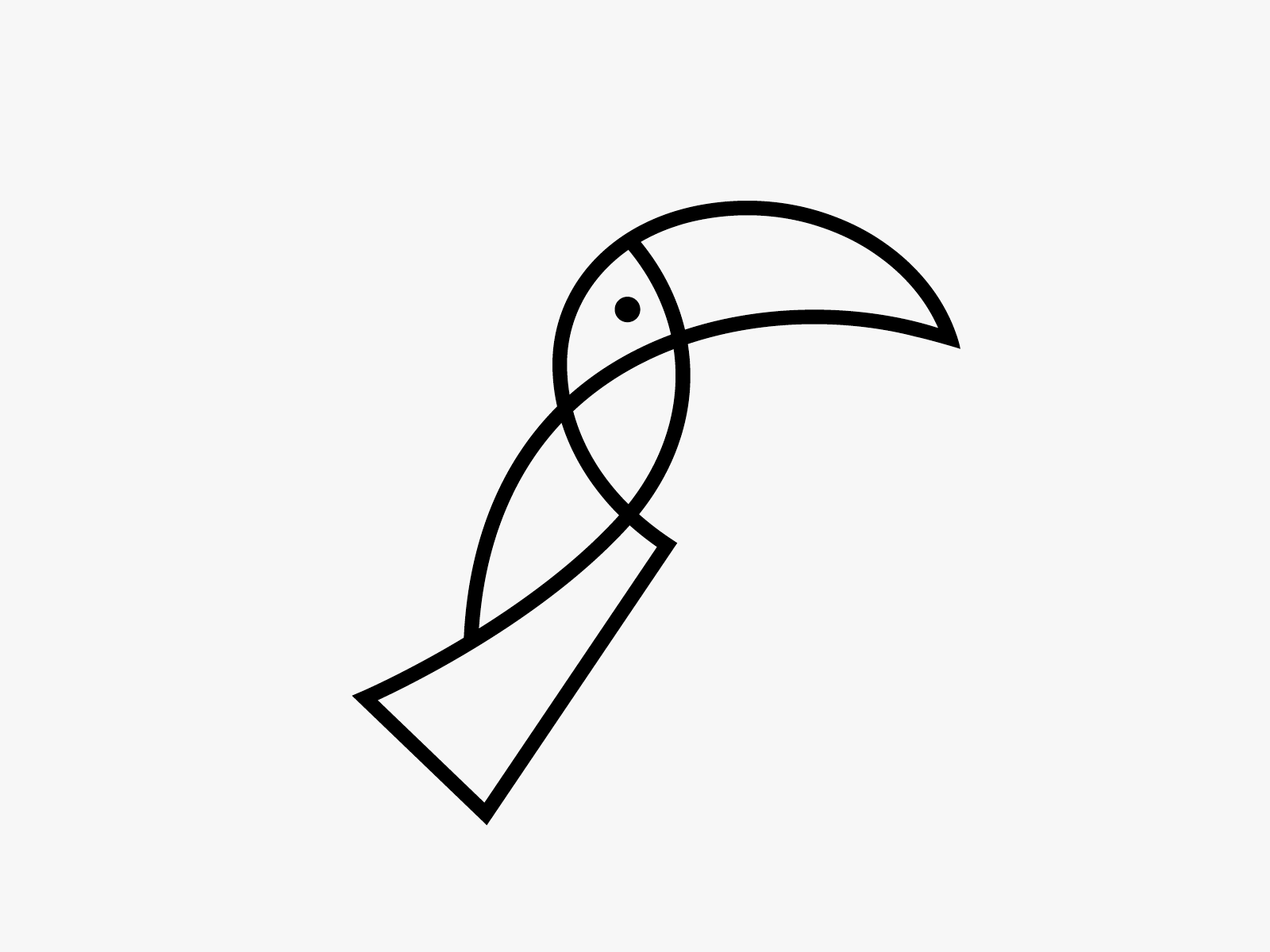
It happens that I don’t feel connected with a client, as if there are pressure and mistrust. Maybe I need a little more time to chat with them before deciding whether to take this project or not. Otherwise, this job might not bring them and me anything. If I break a large project into smaller tasks, then there are fewer problems with approval. I just communicate closely with the client and do work in collaboration with him.
My advice would be to show only the best pieces and not get into the trap of presenting a lot of unfinished material at once. Focus. If you are a freelancer, do not think that you can do everything alone. Do one part of the job well. If you want to work on a larger scale, do your best in one part at a time. But do not start doing everything at once without having experience in either one or the other. Learn from the best designers, work with those who are better than you.
Did you know that Approval Studio can boost your artwork approval process? We have annotations, AI-powered compare modes, 24/7 customer service, and even more. You can check our extensive feature list or try Approval Studio straight away.
Amrit Pal Singh – Graphic Designer, 3D Illustrator
Amrit Pal Singh’s Website and Behance
Things that trigger the “who approved this” reaction mostly have to do with poor quality of design, especially color choices and typography. I have also had a similar reaction to messaging as well – sometimes, it is off or inappropriate. Apart from that, clumsy errors or lack of attention to detail also makes me wonder who approved the design.

Tanya Myroniuk – UI/UX Designer
Tanya Myroniuk’s Behance
In fact, over the past few years, I haven’t had much negative experience in approving my work. Often I always quickly approve designs with my clients. Of course, the main role in this played the amount of experience and already happened situations.
The core method that helps me in communicating the value of my work is a clear description of my solutions during the presentation of the design: an explanation that the created solutions will bring the clients’ business the best result in achieving their goals, what benefits their business receive by choosing my ideas and proposals.
I noticed that designers often present their solutions to the client incorrectly, focusing on the visual component, composition, colors, fonts, etc. Such actions awaken the inner designer of the client, who begins to make changes based on his vision of “beautiful”. In fact, the designers must convey the value of their ideas, show why and how their solutions will benefit the business, what problems they will solve, and how they will bring new users.

I always try to give the client a design solution and analyze and offer some new ideas, additional sources where they can get income, or new clients. It is important for me to be on the same wavelength with a person and understand their pain, vision, and the vibe that broadcasts their business to the world.
I often had negative experiences at the beginning of my design journey when working with a small design agency. They didn’t attach importance to design solutions, user-friendliness and always tried to please the client and not solve their real problem. It still remains a mystery to me what is the sense in the work if there’s no value in it. I quickly realized that our values and vision of working with that company diverged, and I left them.
Okeowo Adeniyi – Art Director
Okeowo Adeniyi’s Website and Behance
Design approval always gives me anxiety because you never really know if the client is going to go the right direction or will just do a 180 last minute and go for something that is the complete opposite of what would work ideally for the project.

It is even more frustrating when a decision is being made based on “Oh, it pops”. It kind of reduces all the weeks and months of research and design application to a brief “haha” moment. You look at the approved work and think to yourself, “did they seek the counsel of a toddler on this?” or sometimes the work comes out, and you can’t truly tell anyone you worked on it.
I have been blessed to work with at least 80% of clients who understand the research process and can make informed decisions around them as opposed to just going with an option because “It just works”.
Jacomy Mayne – Creative Studio
Jacomy Mayne’s Website and Behance
The design approval process has always been wonderful for us because we make previous presentations. By doing so, we get great feedback when showing our final proposals. Just in a few cases, our proposals have been rejected, but it was because of a brief error, not the artwork itself. The main problem with artwork approval is that the client comes up with modifications after the artwork is approved. In that case, we analyze the situation and make a plan.
I would advise making sure every step you are taking is solid. That means being confident about every design decision you are taking and have concrete reasons to defend it.

Blaze Type – Type Design Foundry
Blaze Type’s Website and Behance
I have to say I’ve been quite fortunate in this area. I’ve never had to deal with a bad experience regarding approval from clients or peers. When we work on a commissioned project, we spend a lot of time with the client defining the needs. We listen a lot, ensuring we have all the information needed to create something that will match our clients’ expectations. Of course, we receive feedback and improve things on the go, but the “overall design approval” thing has always been positive.
When it comes to intern projects, such as our typeface catalog/the retail area of our business, we deal with a very harsh process. Like a gauntlet: we design and experiment on a lot of different ideas, sketches, start creating something fully coherent, and sometimes toss everything out or leave the project aside to come back to it later. Again it’s not about the approval but pretty much about the necessity of trying things and reshaping them and experimenting until you finally get something you’re cool with.

Our process is pretty much straightforward: we show our project within the company, decide as a whole what’s going to happen. I guess we could think of something different, but the idea of meeting everyone up to discuss a project around a cup of coffee is something I enjoy.
When it comes to clients related business: listen a lot and try to define/get as much information as possible to design something coherent. As for the overall approval (the approval from your peers) for our own work, your artistic side, whatever, my advice would be not to seek any approval. Just do your thing. Get the critique when it’s constructive and coherent but don’t seek somebody’s approval on your work: be your own judge and be tough with yourself. I think that people who are looking for their peer approval tend to focus on what kind of design will match their expectations, the trend, or whatever, and this is not the way to express yourself. Be your own voice!
Final Thoughts
Endless gratitude to our creatives that submitted their answers and shared their own experiences about such an ambiguous topic as artwork proofing. Lots of love to you!
As you can see, artwork approval is not that tricky if you have a password for it. You start with sincere communication and complete transparency in your creative process. Then do not just work for the clients but collaborate with them. And finally, add a little bit of patience, and voila – the approval process code is cracked. This is what works for us (in combination with Approval Studio) and other creatives in the sphere.
Do you have any other valuable solutions or resources for better design approval? Please, share them in the comments.
If you would like to be featured in the next Creative Talks article or add your personal opinion on any of the previous articles, please let us know here or write us an email at [email protected]. We love hearing from you!
Take care!

 TEAM SOLUTIONS
TEAM SOLUTIONS WORKFLOW SOLUTIONS
WORKFLOW SOLUTIONS



 REVIEW TOOL
REVIEW TOOL PROJECT MANAGEMENT
PROJECT MANAGEMENT TOOLS & INTEGRATIONS
TOOLS & INTEGRATIONS
 CLIENT INTERVIEWS
CLIENT INTERVIEWS








